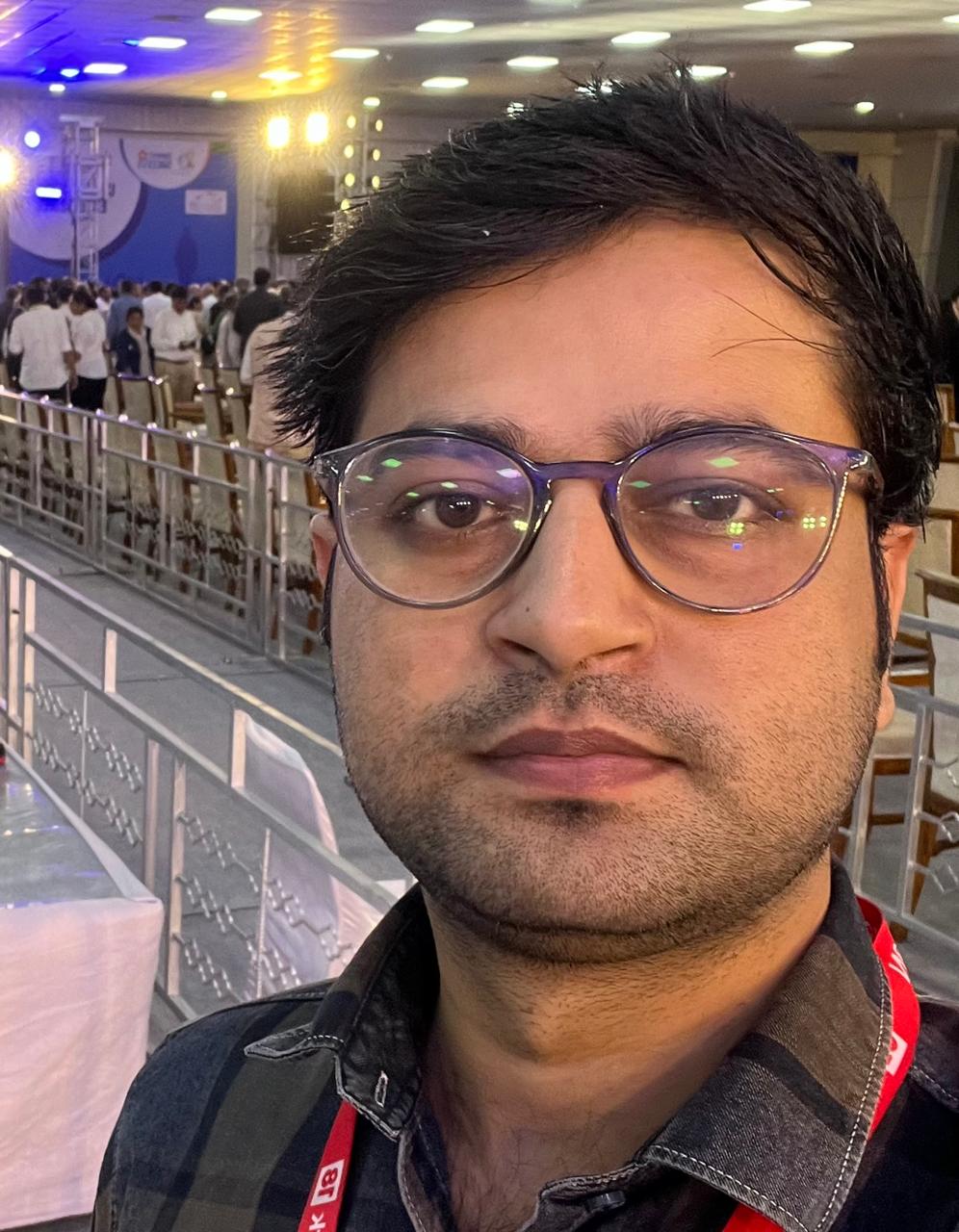Last Updated:
Equity funds continue to dominate the Indian mutual fund landscape, accounting for nearly 60 per cent of total industry AUM.
Within the equity space, broad-based funds emerged as the top-performing category, attracting Rs 86,000 crore in net inflows.
India’s mutual fund industry has recorded a more than sevenfold expansion in assets under management (AUM) over the past decade, reaching Rs 74.4 lakh crore as of June 2025, according to the latest report by Motilal Oswal Mutual Fund. The surge has been led by strong investor participation across active and passive strategies, with the latter gaining notable traction in recent quarters.
The report highlights that equity funds continue to dominate the Indian mutual fund landscape, accounting for nearly 60 per cent of total industry AUM. Debt funds comprise 26.5 per cent, followed by hybrid funds at 8.3 per cent, and other categories at 5.3 per cent. The latest quarter alone saw net inflows of Rs 3.98 lakh crore, with debt funds leading the charge at Rs 2.39 lakh crore, marking a reversal from the previous quarter’s outflows. Equity funds contributed Rs 1.33 lakh crore, while commodity funds saw Rs 9,000 crore in inflows.
Active funds attracted Rs 3.62 lakh crore in net investments during the quarter, while passive funds drew Rs 36,000 crore, reflecting growing investor interest in low-cost, market-aligned investment strategies. Passive investing now accounts for roughly 17 per cent of the industry’s total AUM, up from single digits a few years ago.
Passive Equity Strategies On the Rise
Within the equity space, broad-based funds emerged as the top-performing category, attracting Rs 86,000 crore in net inflows. While active funds contributed 55 per cent of this total, passive funds accounted for more than 100 per cent of flows within this category, underscoring the increasing shift toward index-based investing.
Among active equity funds, Flexi Cap funds led with Rs 15,800 crore in inflows, followed by Small Cap funds at Rs 12,000 crore and Mid Cap funds at Rs 10,800 crore. On the passive side, Large Cap funds dominated allocations, showing a continued preference for blue-chip benchmarks.
Thematic funds, however, witnessed net outflows of Rs 2,400 crore, a sharp contrast from Rs 8,400 crore inflows in the previous quarter. Still, select themes bucked the trend — Defence-focused funds alone attracted Rs 1,800 crore, while Technology and Business Cycle themes collectively drew Rs 1,400 crore, indicating selective investor interest in macro-aligned sectors.
Debt Funds Regain Momentum
Debt funds made a strong comeback, led primarily by constant maturity strategies, which garnered Rs 2.04 lakh crore in net inflows. Corporate bond funds followed, suggesting that institutional investors are increasing exposure to fixed-income assets amid evolving interest rate expectations.
Balanced Strategies Find Favour in Hybrid Category
In the hybrid fund segment, multi-asset funds accounted for over half of the total inflows. Balanced Advantage Funds attracted ₹4,200 crore, while Equity Savings Funds brought in Rs 1,400 crore, reflecting continued demand for balanced and risk-adjusted investment strategies.
Robust Response to New Fund Offers
The industry also saw strong participation in new fund offerings (NFOs), with 46 funds launched during the quarter raising a total of Rs 6,506 crore. However, a significant portion of overall inflows was concentrated among just five asset management companies, suggesting a skew in investor preference toward larger or better-known fund houses.
Pratik Oswal, head of passive business at Motilal Oswal Asset Management Company Ltd, said investor behaviour is evolving in favour of diversification and long-term stability. “This quarter reflects a notable shift in portfolio allocation—a growing tilt toward well-diversified, resilient portfolios, complemented by a measured return to debt,” he said.
He noted that passive investing is gaining stronger acceptance due to its simplicity, cost-efficiency, and benchmark-driven structure. “While active strategies continue to command confidence, especially in mid- and small-cap segments, passive funds are steadily emerging as a key component of long-term portfolio staples,” he added.
Oswal believes that the broader trends point to a more research-driven, risk-aware investment environment where stability is as important as returns. “The conversation is no longer just about chasing alpha, but about achieving portfolio stability in an ever-changing economic environment,” he said

Haris is Deputy News Editor (Business) at news18.com. He writes on various issues related to personal finance, markets, economy and companies. Having over a decade of experience in financial journalism, Haris h…Read More
Haris is Deputy News Editor (Business) at news18.com. He writes on various issues related to personal finance, markets, economy and companies. Having over a decade of experience in financial journalism, Haris h… Read More
view comments
Read More


